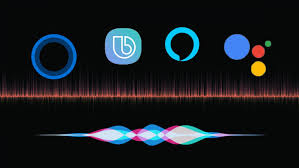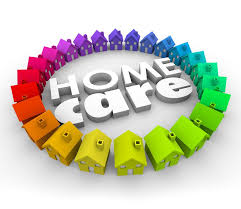The hearing aid industry offers pricey hearing aids for people with ‘defined’ hearing loss. The FDA wants you to understand that it regulates hearing aids – which it defines as helping the medical condition of hearing loss. The FDA then observes “sound amplifiers for consumers with no hearing loss who want to make environmental sounds louder for recreational use.“ Recreational ? Hearing aids that they do regulate are now made by a small number of companies and are sold with audiologist services for $1000 up to $4000 per device – most people need two – and have a lifespan of up to 7 years. That price includes a hearing test, fitting, initial batteries and more.
Why do hearing aids cost so much? According to hearing industry experts, the price differential is based on the inclusion of audiologist services. And in a few other words from AARP, very few companies control the bulk of the market. And although it has been recommended to decouple the product from services, so far, that hasn’t happened, perhaps related to the efforts of those few companies. Retailers like Walmart, BestBuy, and Costco all sell hearing aids – coupled with Costco-provided audiologist -services – Costco’s site offers its own branded for $1600 per pair.
As hearing aid prices are disrupted, the PSAP and other hearables disrupt the industry. If Costco is pushing the hearing aid industry price down, at some point that price meets the upper end of the PSAP market of $500/pair of PSAP maker like Clarity, SoundWorld Solutions or Tweak Focus. The underlying technology in hearing aids and that of Personal Sound Amplification Products (PSAPs) is not different. The go-to-market channels, however, are quite different. Retail stores, online websites offer PSAPs for buyers who adjust the device themselves – the which the FDA calls the ‘audio version of reading glasses.’ And Consumer Reports calls them ‘hearing helpers.’ But are they really? Or are they hearing aids in disguise because the FDA does not currently regulate them? Maybe they are hearing aids that you adjust yourself? How do they sync up with the more recently introduced 'hearables' which encompass a plethora of firms?
Consider that the terminology dance must mystify consumers. Note that hearing aids are not covered by Medicare – nor are PSAPs. Note that one in three between age 65 and 74 has hearing loss and nearly half of the 75+ have some level of hearing loss. Note that hearing loss has been linked to dementia, to social isolation – which has been linked to poorer health outcomes. (Further, wearing hearing aids has been linked to fewer hospital visits.)
Cut to the chase – the FDA should get out of the consumer’s way. Regardless of what it is called, improving ability to hear among older adults is a health and quality-of-life positive, and could be related to lowering healthcare costs. The companies in this industry (Hearing Aid and PSAP) need to help the FDA help the older consumer who lacks either device. Decouple the product from the services, allow consumers to make their own choice of where to buy and with what service they need, and track price and competition – and measure the numbers of people who report improvement in quality of life, health status, and social engagement.
from Tips For Aging In Place https://www.ageinplacetech.com/blog/narrowing-price-gap-between-hearing-aids-and-psaps
 Senior Living organizations are eager to try new technology. Over the years, consider the pilots of
Senior Living organizations are eager to try new technology. Over the years, consider the pilots of  The boom in home care has side effects -- turnover and risk. We want to trust home care workers with aging parents. After all, most cannot afford private pay assisted living – which can exceed
The boom in home care has side effects -- turnover and risk. We want to trust home care workers with aging parents. After all, most cannot afford private pay assisted living – which can exceed